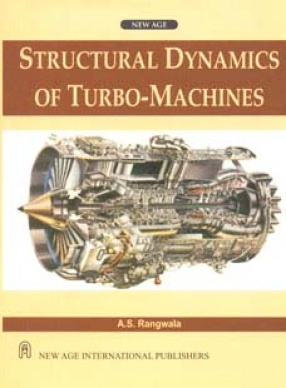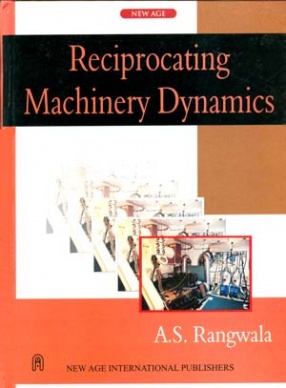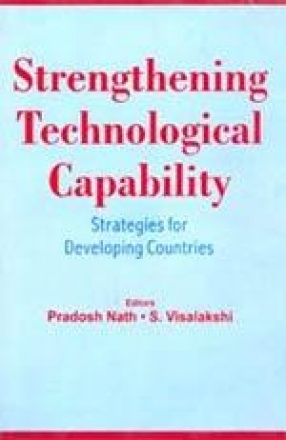The speeds at which modern turbo-machines such as aircraft engines and power generation turbines operate are so high and the time available to react to a possible emergency situation so small that human interface is mostly of little consequence. The automatic control system built inside modern turbo-machines senses, measures and conrols operating parameters while the engine is running. If one or more operating parameters goes beyond set limits because of a malfunction, the control system has the capability to detect the fault, establish a course of corrective action, issue instructions, and execute the commands that will rectify the situation. The entire sequence of detecting, evaluating, and taking remedial action occurs over a period that is timed in milliseconds.
This book provides detailed procedures for automatic control theory and its methods to improve efficiency by reducing fuel consumption, and in the process also reduce exhaust gas emissions. The book focuses on:
Fuel consumption, power output and exhaust gas emissions
State-of-the-art in sensor and actuator technologies
Achieving target objectives through creative controller design
Analyse complex problems ranging from compressor stall to controlling rotor vibrations
Real-time simulation to maximise operating efficiency
Growth in machine operating parameters and user expectations require exacting methods. Emphasis is placed on practical methods related to instrumentation, understanding concepts, interpreting results and obtaining solutions. Analysis as a problem-solving tool is the focus.







There are no reviews yet.